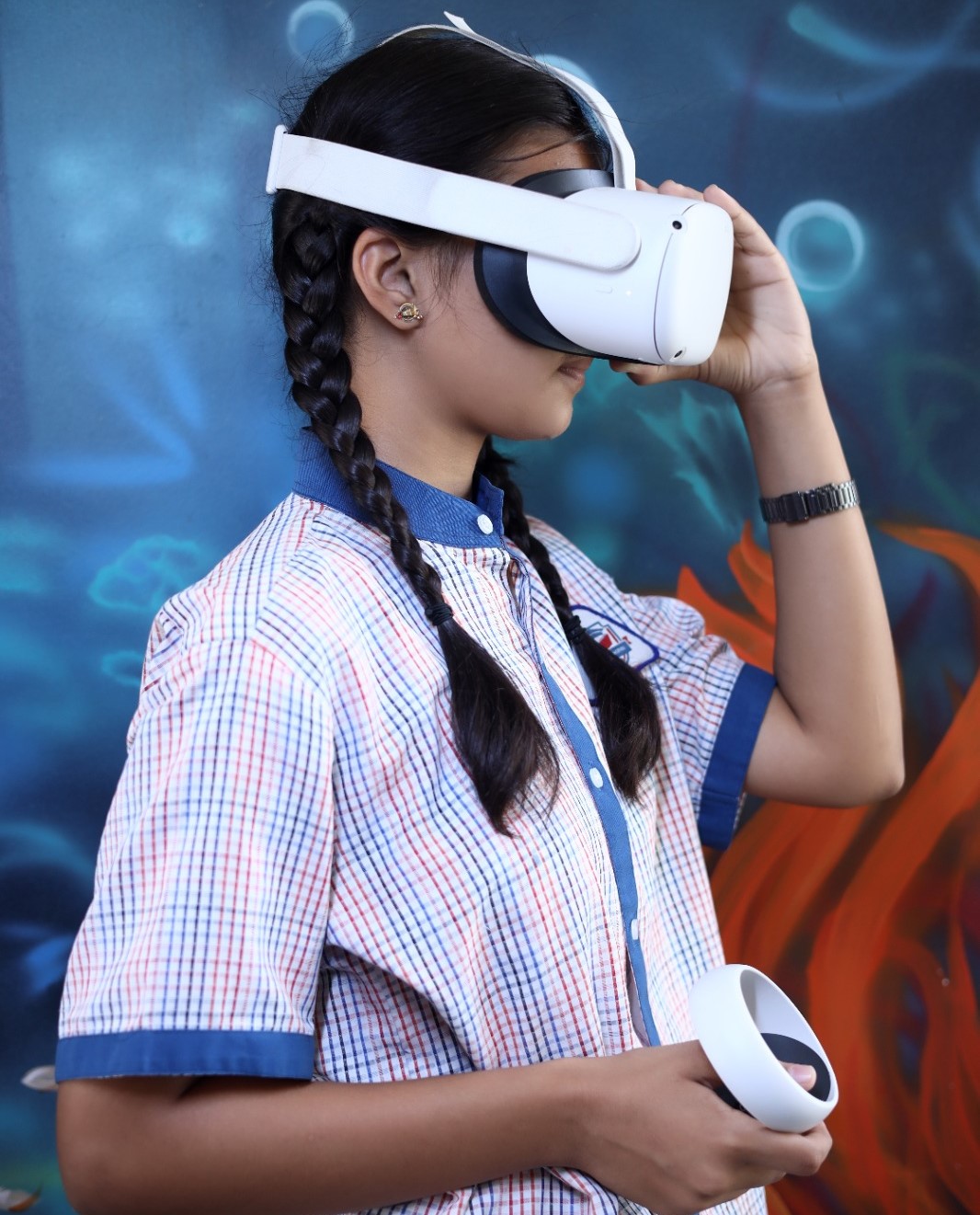How to use VR Headset?

Until recently, virtual reality had been something of a fantasy for storytellers and technologists. As long ago as 1935, American science fiction writer Stanley G Weinbaum described something like virtual reality in a short story called Pygmalion’s Spectacles.
“But listen – a movie that gives one sight and sound. Suppose now I add taste, smell, even touch, if your interest is taken by the story. Suppose I make it so that you are in the story, you speak to the shadows, and the shadows reply, and instead of being on a screen, the story is all about you, and you are in it. Would that be to make real a dream?” Technologists might still be working on smell and taste, but Albert Ludwig’s “magic spectacles” eerily foreshadow the current prominence for headsets and 360-degree games, videos and virtual worlds. Virtual reality for the masses is here.
But do the masses want VR?
- Since Ludwig’s magic spectacles found their way into print, there have been decades of experimentation around virtual reality, from the first head-mounted VR system in the late 1960s to the first commercial products in the 1980s – not to mention Hollywood’s interpretation in the1992 film The Lawnmower Man, which shaped mainstream perceptions of virtual reality, or VR, for some time afterwards. The current age of virtual reality began in 2010, when American teenager created the first prototype of a VR headset that would evolve into the Oculus Rift. Two years later, he launched a $250,000 Kickstarter crowdfunding campaign to commercialise it – and $2.4m of pledges later, the tech industry’s interest in VR was reborn. Two years after that, Facebook’s CEO, Mark Zuckerberg, liked the Rift so much.
- Several competitors have emerged since then, from the HTC Vive and Sony’s PlayStation VR to smartphone-powered headsets such as Samsung’s Gear VR and Google Cardboard. Meanwhile, hundreds of developers are making VR games and apps, film-makers are exploring the potential for documentaries and animation, and Facebook and YouTube have jumped on the bandwagon with 360-degree videos. But if you’re new to virtual reality, where should you start? In the absence of a passing professor with magic specs, here’s everything you need to know about hardware, apps and games.
The basics
- The most important piece of a virtual reality kit is the headset, a device like a thick pair of goggles that goes over your eyes. The more expensive, higher quality headsets need to be connected to a computer to run apps and games, while some cheaper ones use a cell phone clipped to the front of the headset. All headsets need to be used alongside a good quality pair of headphones, and there are other optional accessories from hand controllers to treadmills that are all designed to enhance your simulated experience of being in another world. Hand controllers translate your real-world gestures into whatever game or application you’re using, although standard gaming joypads can also be used. VR devices have their own app stores, similar to smartphone app stores, where you can browse and download games and apps. Some of these stores are accessed using the device itself, while others – the VR section of the Steam digital games store, for example – can be browsed on your computer.
- VIRTUAL REALITY IS mainstream. While that seems like an overnight phenomenon, it’s far from it. Back in the 1960s, there were immersive stereoscopic videos. In 1961, we had a motion-tracking headset.
Interactive Google Street View-like experiences?
Those, of course, were around in the late 1970s. But that stuff could only be found in research labs and in prototype form. These days, VR-capable hardware is everywhere. Tack-sharp displays, powerful processors, and versatile sensors are in everyone’s pockets. And to spur the next wave of immersive entertainment, VR directors and developers are creating the language of a new medium on the fly. Virtual reality is going to be awesome. Then it's going to get even better. And fast. So fast, in fact, that the VR systems available today will seem adorably primitive by year’s end.
But that doesn’t mean you should wait: Today’s VR options are affordable, impressive, fun, and phone-powered. Here’s what to keep in mind if you plan on taking the VR plunge, from the price of admission to the capabilities of each headset to what you should do with them.
-Teams Spegz